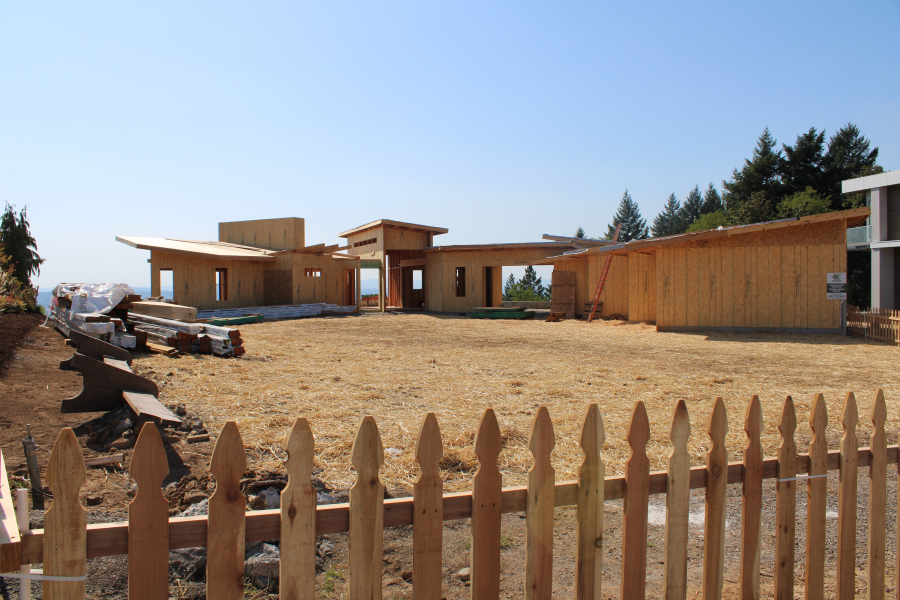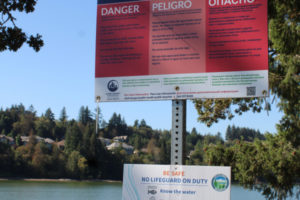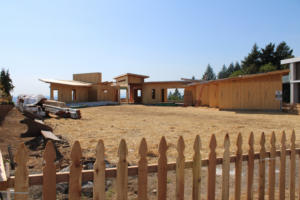The city of Camas is nearing the end of its yearlong Housing Action Plan.
Funded by a $100,000 Washington State Department of Commerce grant, the plan will highlight the specific “housing gaps” that keep prospective Camas homeowners and renters out of the city, and determine which policies the city might want to implement to ensure Camas has more affordable, diverse housing in the future.
Camas Senior Planner Sarah Fox and consultant Melissa Mailloux, of Mosaic Community Planning, updated the Camas Planning Commission on the plan’s public engagement, existing housing conditions and the city’s housing needs at a remote commission meeting on Feb. 17, and said the city will soon begin its second phase of public engagement.
“We will have community meetings in March and be back no sooner than April (to) the planning commission,” Fox told the commissioners, adding that the state Commerce grant stipulates that the city council must approve a final plan by June.
City leaders hope the action plan will help Camas meet some of the housing goals laid out in the city’s 2035 comprehensive plan by increasing the types of housing available in Camas and offering more affordable housing so that people from all income levels might be able to Camas’ quality schools, historic downtown and abundance of parks and green spaces.
Fox and Mailloux presented the Planning Commission with an 88-page draft of the action plan on Feb. 17.



